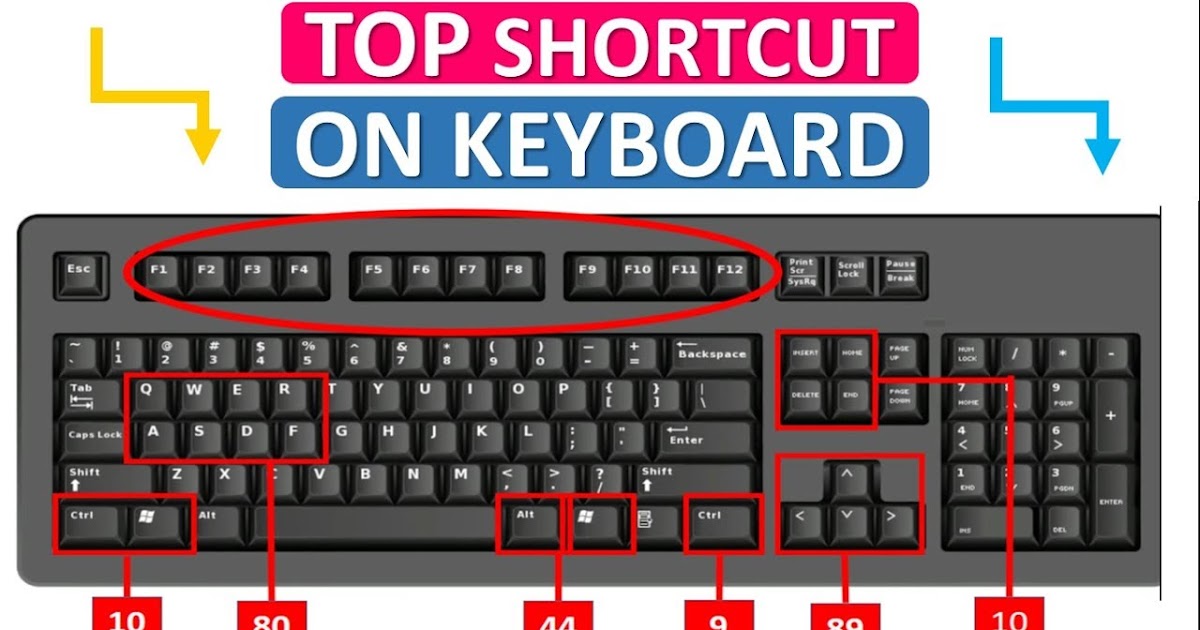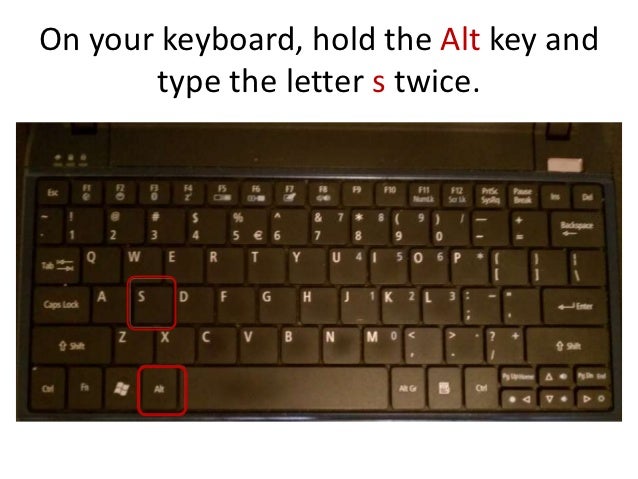

Suppose you want to use a keyboard shortcut for inserting a plus-minus sign that does not involve using the numeric keypad. It is surprisingly easy to create your own custom keyboard shortcuts for symbols. For instance, you could assign Alt+1 to the command that inserts a Euro sign. You can assign one of these key combinations to a command that inserts a symbol. Here are some unassigned key combinations in Word 2016: Some key combinations do not have assigned commands yet. For instance, Microsoft has assigned the key combination Ctrl+C to the copy command. A keyboard shortcut is simply a key combination that has been assigned to a command.

You need to press the Num Lock key to enable the keyboard’s numeric keypad, press Alt+0177 (0177 must be entered on the keypad), and press the Num Lock key again to disable the keypad.įortunately, you can create easy-to-remember keyboard shortcuts for the symbols you use most often. The keyboard shortcut for the plus-minus sign is even harder to remember and use. For instance, the shortcut for the euro sign is Alt+Ctrl+E, which means you press the Alt, Ctrl, and E keys at the same time.

Word provides keyboard shortcuts for most of its available symbols to make it easier to insert them, but the shortcuts are often difficult to memorize. For example, to insert the euro (€) or plus-minus (±) sign in Microsoft Word, you need to use the “Symbol” option on the ribbon’s “Insert” tab and search through the long list of available symbols to find the one you need. While computer keyboards have commonly used symbols such as the percent (%) sign, there are many others that need to be inserted through the app being used to create the report. Discover how you can create easy-to-remember shortcuts for the symbols you use most often.īudget reports, sales proposals, and other business documents often include different types of symbols. Microsoft Word provides keyboard shortcuts for most of its available symbols, but the shortcuts are usually difficult to memorize.


 0 kommentar(er)
0 kommentar(er)
